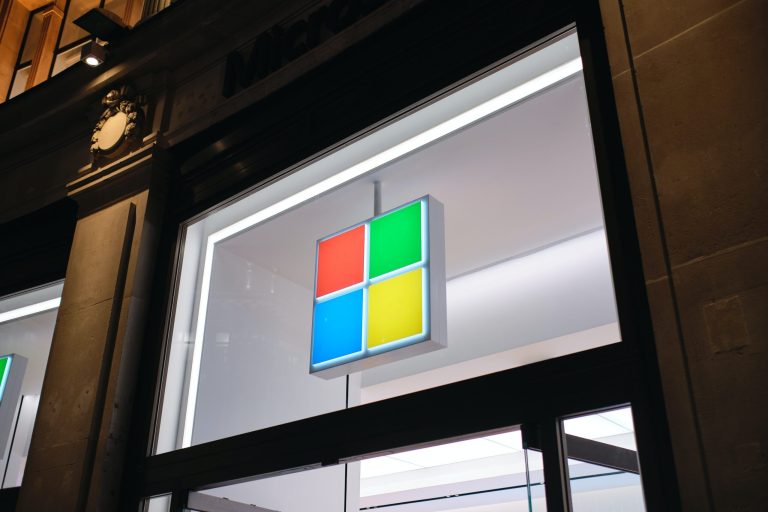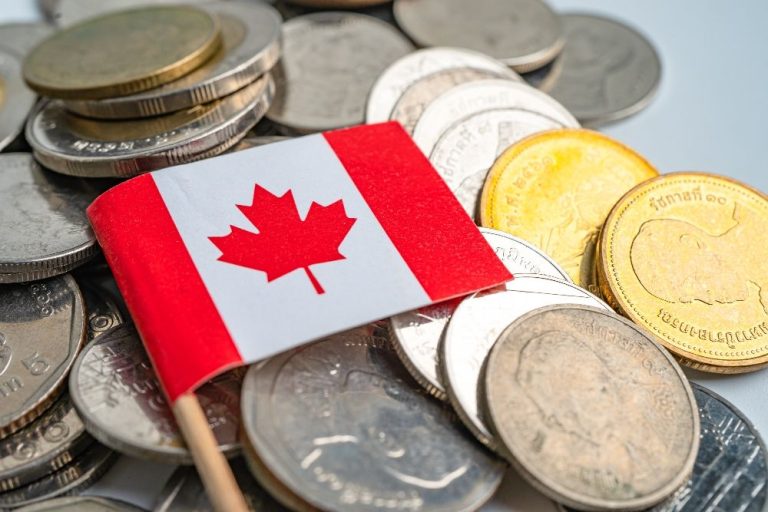The FTSE 100 index has moved into a deep slumber in the past few months as the rally experienced earlier this year faded. The index, which tracks the biggest companies in the UK, was trading at £8,270 on Thursday, where it has been in a while.
It has remained inside the key resistance point at £8,400 and support at £8,110. Also, it has jumped by 11% from its lowest point in January this year.
The index wavered after several important constituents published their financial results. The most notable one was Lloyds Bank, which had a strong performance during the quarter, helped by higher interest rates. Other big companies like Unilever, Barclays, and NatWest also released their numbers this year.
Bank of England actions and budget
The FTSE 100 index has wavered as investors assess the actions by the Bank of England (BoE), which has maintained a fairly hawkish tone.
It has slashed interest rates by 0.25% this year and hinted that it will take a more measured or gradual tone in the next meetings. This is a different view than what the European Central Bank (ECB) has taken as it delivered its third cut last week.
Analysts expect that the BoE will deliver another 0.25% cut in its next meeting on November 7. That’s because it has already achieved its inflation target of 2.0%. Data released last week showed that the headline Consumer Price Index (CPI) dropped to 1.7% in October.
There are also signs that the UK economy was doing better than expected. Data released on Thursday showed that the flash manufacturing and services PMIs remained above 50 in October. The manufacturing sector in other countries has remained in a contraction zone.
Data released last week revealed that UK’s retail sales continued growing in September. However, business and consumer confidence continued dropping this month, reaching their lowest levels since January.
The next important catalyst for the FTSE 100 index is the upcoming October 30 budget, in which Rachel Reeves is expected to change the country’s fiscal rule to fund £20 billion a year with increased borrowing.
The change in rule means that Reeves will include the government assets when calculating the country’s measure of debt. By doing that, she hopes that the country’s debt as a proportion of GDP will fall in the next five years.
Historically, the UK budget tends to move the country’s bonds and equities. This explains why UK Gilts have dropped, with the ten-year falling to £96 from the year-to-date high of £103.9.
Top FTSE 100 stocks to watch
The FTSE 100 index will react to corporate earnings next week. The most important of these firms will be from the United States and will include companies like Alphabet, Apple, Amazon, Microsoft, and Eli Lilly.
While these are American firms, they have a big impact on the FTSE 100 and other European equities. Besides, a company like Apple, which has a market cap of $3.5 trillion is almost as valuable as all UK publicly traded companies. It is much bigger than all firms in the FTSE 100 index.
Several FTSE 100 constituents will publish their results. The most notable one will be HSBC, the biggest European bank by assets. Its results will be notable since the company unveiled a new strategy this week. As part of the new approach, the company will combine the corporate and institutional business in a bid to cut more costs.
The other top FTSE 100 index company to watch will be Standard Chartered, a leading bank with almost $800 billion in assets. Like HSBC, the bank generates most of its revenues in Asia, especially in Hong Kong. Banco Santander will also publish its financial results.
The other top FTSE 100 index company to watch will be energy giants like BP and Shell, which are some of its biggest constituents. These firms will publish their results as energy prices remain significantly volatile, which has pushed them to lower their profit forecasts.
FTSE 100 index analysis
FTSE 100 chart by TradingView
The daily chart shows that the FTSE 100 index has remained in a consolidation phase in the past few months. It has formed a rectangle pattern whose support and resistance levels are at £8,115 and £8,400.
The index has continued to consolidate at the 50-day and 25-day Exponential Moving Averages (EMA). It has also formed what looks like a bullish flag pattern, a popular bullish sign in the market.
The FTSE 100 index has also formed a bullish flag pattern, a popular sign of continuation. Therefore, it will likely continue rising as bulls target the next key point at £8,400. A break above that level will point to more gains to the year-to-date high of £8,472.
The post FTSE 100 index shares to watch: Shell, BP, Standard Chartered, HSBC appeared first on Invezz










